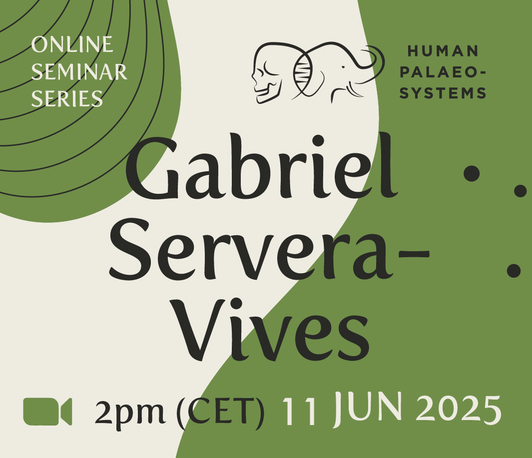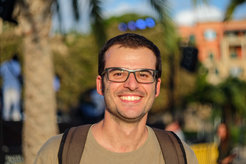Using Palaeoecology to uncover colonization processes in Western Mediterranean islands
- Date: Jun 11, 2025
- Time: 02:00 PM - 03:00 PM (Local Time Germany)
- Speaker: Dr. Gabriel Servera-Vives
- Location: Zoom
- Host: Human Palaeosystems Research Group
- Contact: kutowsky@gea.mpg.de

Despite their size and relative proximity to the mainland, the Balearic Islands are considered to be among one of the latest islands to be colonized in the Western Mediterranean. Archaeological research has not succeeded in detecting clear archaeological evidence before 2500 BC. In this presentation we will explore the value of multi-proxy palaeoecological studies to unravel the timing, nature, and drivers of landscape change associated with the nuanced island colonization process. We combine pollen, non-pollen palynomorphs, fire history, sedimentology and sedaDNA in coastal lagoons with actualist studies such as modern pollen analogues and high-resolution morphological studies. This presentation will argue that this integrated palaeoecological approach can distinguish between different phases and intensities of human impact even prior to the accepted date of human arrival, while offering new clues for future directions on Island Archaeology.

Dr. Gabriel Servera-Vives is an archaeologist and palynologist from Mallorca, currently working with the ArqueUIB group at the University of the Balearic Islands under a Ramón y Cajal contract. His research primarily explores socio-environmental interactions during the Holocene in both island and continental settings, utilizing a combination of archaeological and off-site records. He completed his PhD with a thesis on Holocene landscape evolution and human activity since the Neolithic period in Mont Lozère (French Central Massif). His work involved a multi-proxy analysis of peat bogs within a middle mountain environment, shedding light on how landscapes and human practices have co-evolved over millennia. Since 2015, his research has focused on landscape transformations during Balearic Prehistory, emphasizing island colonization processes and the resulting human impacts. His approach is distinctly transdisciplinary, integrating modern analogues of pollen and non-pollen palynomorphs with multiproxy palaeoecological methods to reconstruct past environments and understand human-environment interactions.
